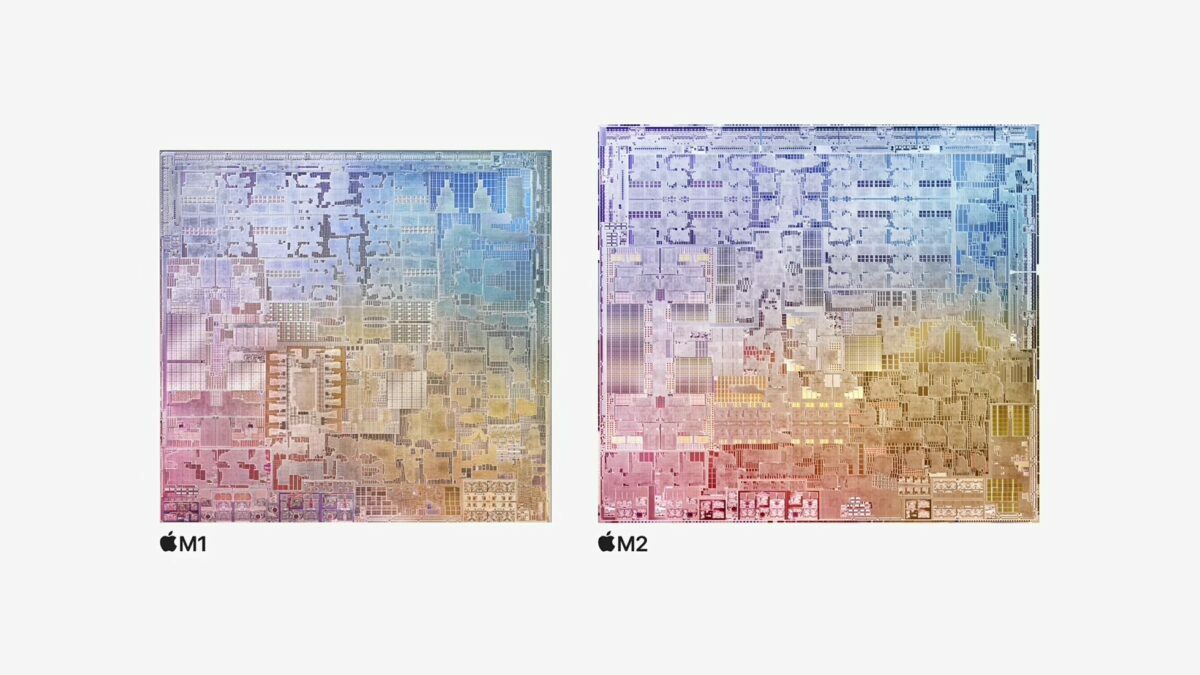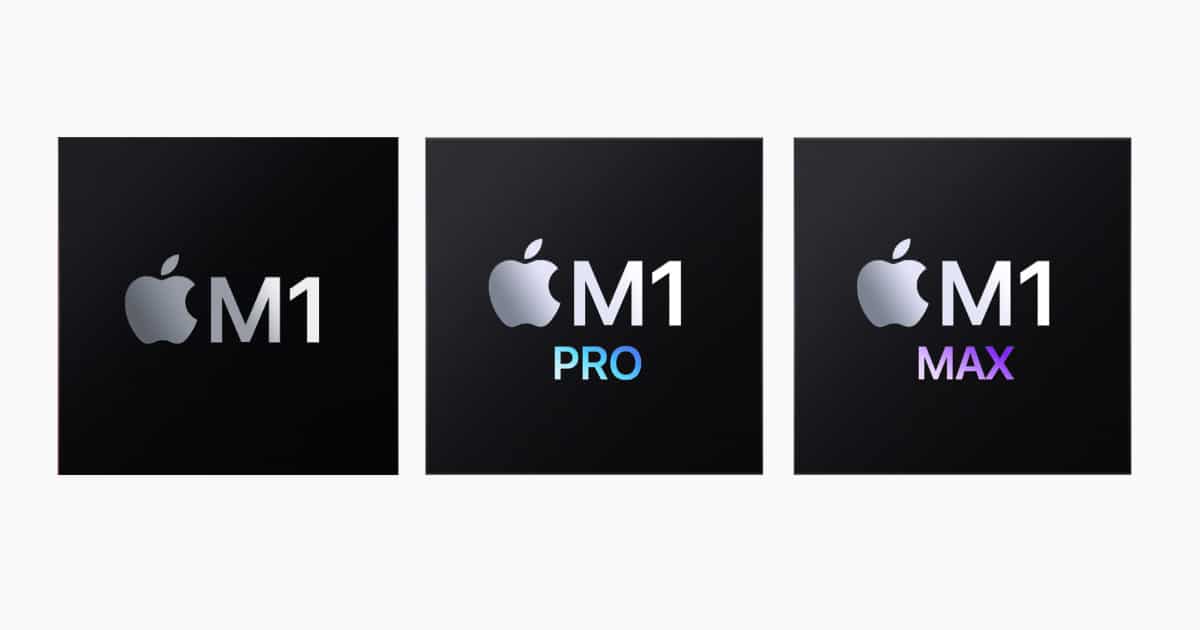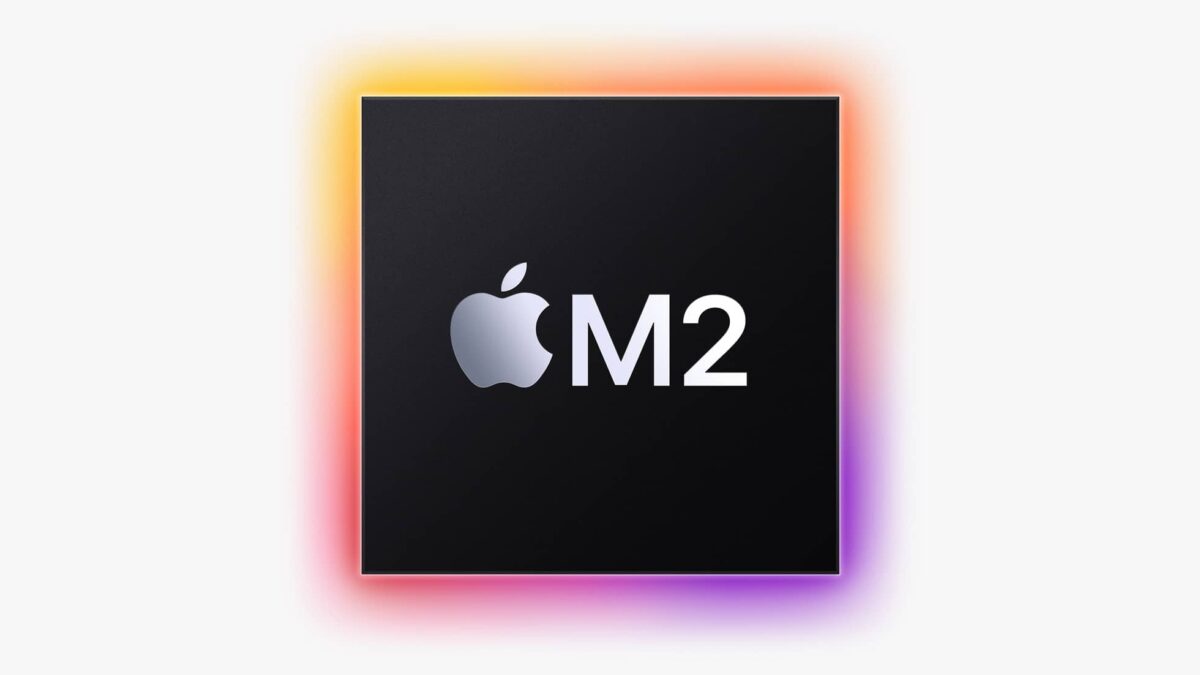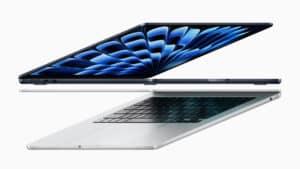Apple recently launched its next-generation Apple Silicon with the M2 chip in the redesigned MacBook Air and 13-inch MacBook Pro. While Apple does not reveal the specifications of its Silicon chips, we still have a ton of stats available to compare the two chips. In this post, we will be determining if the M2 chip is better than the M1.

Apple M1 vs. M2
There are a ton of Apple products with the M1 chip since it was announced almost two years ago: the MacBook Air, Mac mini, iMac, 11-inch iPad Pro, and the 12.9-inch iPad Pro. The M1 chip also has two additional variants: the M1 Pro and M1 Max.
The M1 features 8 CPU cores and up to 8 GPU cores. It offers up to 16GB of Unified Memory and 6 Neural Engine Cores. It is based on the first-generation 5n process and has 16 billion transistors.
Though the latest Apple Silicon technology will likely start overshadowing M1 Macs soon, they still offer excellent performance as well as value. The chip can still handle demanding workflows like 8k video rendering, photo editing, etc. With performance that has been described as “lightning-quick”, any M1-based MacBook or iPad can get you a bang for your buck and it won’t be considered outdated in terms of performance anytime soon.

The latest generation of Apple Silicon is built using 5nm technology and features 20 billion transistors which are 25 percent more than the M1 chip. The increase in transitions helps improve features across the entire chip which in turn, offers improved performance. The memory controller of the chip delivers 100GB/s of unified memory bandwidth, up 50% from the M1. Apple says the chip features an 18 percent faster CPU, a 35 percent more powerful GPU, and a 40 percent faster Neural Engine than the industry-leading M1 chip.
“M2 starts the second generation of M-series chips and goes beyond the remarkable features of M1,” said Johny Srouji, Apple’s senior vice president of Hardware Technologies. “With our relentless focus on power-efficient performance, M2 delivers a faster CPU, GPU, and Neural Engine. And along with higher memory bandwidth and new capabilities like ProRes acceleration, M2 continues the tremendous pace of innovation in Apple silicon for the Mac.”
Currently, the M2 chip is only available in the recently announced MacBook Air and 13-inch MacBook Pro. Both devices will start shipping to consumers in July. It is likely that Apple will introduce a Mac mini or iPad with the M2 chip in the future.
The recently announced M2 chip features 8 CPU cores and up to 10 GPU cores. It offers up to 24GB of Unified Memory and 16 Neural Engine Cores. It is based on the second-generation 5n process and has 20 billion transistors.

In conclusion, the M1 chip still offers stellar performance since it was first released in 2020. For the average consumer, it should fit their workload. The M1 Pro or M1 Max might be better suited for heavier workloads. However, if you have some extra cash to spend and want the most efficient Apple Silicon chip on the market, you may want to go for the M2 chip.

